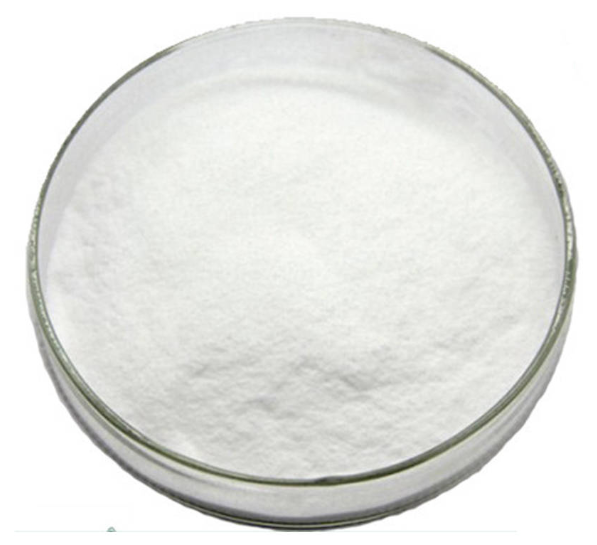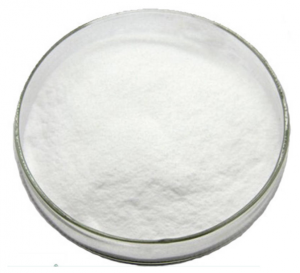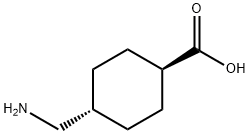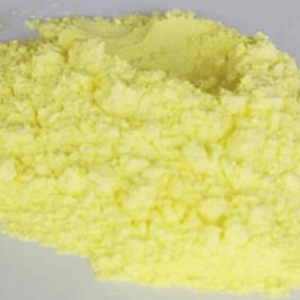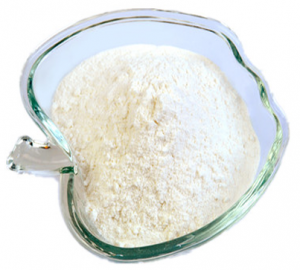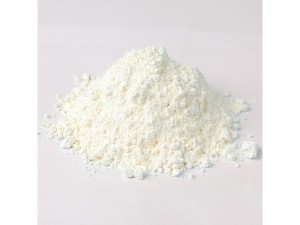| Basic Information | |
| Product name | Tranexamic Acid |
| Grade | Cosmetic Grade |
| Appearance | White or almost white, crystalline powder |
| Assay | 99% |
| Shelf life | 2 years |
| Packing | 25kg/drum |
| Chemical Properties | It is freely soluble in water and in glacial acetic acid and is very slightly soluble in ethanol and practically insoluble in ether |
Description
Tranexamic acid is a derivative of aminomethylbenzoic acid, and a kind of antifibrinolytic drugs to stop bleeding. The hemostasis mechanism of tranexamic acid is similar to aminocaproic acid and aminomethylbenzoic acid, but the effect is stronger. The strength is 7 to 10 times of aminocaproic acid, 2 times of aminomethylbenzoic acid, but toxicity is similar.
The chemical structure of tranexamic acid is similar to lysine, competitive inhibition of plasmin original in fibrin adsorption, to prevent their activation, protection fiber protein not to degrade by plasmin and dissolve, eventually achieve hemostasis. Applicable in the treatment of acute or chronic, localized or systemic primary fiber fibrinolytic hyperthyroidism caused by bleeding, such as obstetric hemorrhage, renal hemorrhage, hemorrhage of hypertrophy of the prostate, hemophilia, pulmonary tuberculosis hemoptysis, stomach bleeding, after operation of liver, lung, spleen and other viscera hemorrhage; also can be used in surgery when abnormal bleeding etc..
Clinical tranexamic acid has effect significantly to insect bites disease, dermatitis and eczema, simple purpura, chronic urticaria, artificial sex urticaria, toxic eruption and eruption. And also has a certain effect on erythroderma, scleroderma, systemic lupus erythematosus (SLE), Erythema multiforme, shingles and alopecia areata. Treatment of hereditary angioedema effect is also good. In the treatment of Chloasma, general medicine is effective about 3 weeks, markedly effective 5 weeks, a course of 60 days. Given orally in doses of 0.25 ~ 0.5 g, a day 3 ~ 4 times. A few patients can nausea, fatigue, pruritus, abdominal discomfort, and diarrhea side effects after withdrawal symptoms disappear.
Indications
Various bleedings caused by acute or chronic, localized or systemic primary hyperfibrinolysis; secondary hyperfibrinolytic state caused by disseminated intravascular coagulation. Generally do not use this product before heparinization.
Trauma or surgical bleeding in tissue and organs with abundant plasminogen activators such as prostate, urethra, lung, brain, uterus, adrenal glands, and thyroid.
An antagonist of tissue plasminogen activator (t-PA), streptokinase, and urokinase.
Fibrinolytic hemorrhage caused by artificial abortion, early placental detachment, stillbirth and amniotic fluid embolism; and increased menorrhagia caused by pathological intrauterine fibrinolysis.
Cerebral neuropathy mild bleeding, such as subarachnoid hemorrhage and intracranial aneurysm hemorrhage, the effect of Amstat in this condition is better than that of other anti-fibrinolytic agents. Special attention must be paid to the risk of cerebral edema or cerebral infarction.For severe patients with surgical indications, this product can only be used as an adjuvant drug.
For the treatment of hereditary angioneurotic edema, it can reduce the number and severity of episodes.
Used in patients with hemophilia for their active hemorrhage in combination with others drug.
Hemophilia patients with factor VIII or factor IX deficiency in their tooth extraction or oral surgery in case of operating bleeding.

